-
Welcome to Tacoma World!
You are currently viewing as a guest! To get full-access, you need to register for a FREE account.
As a registered member, you’ll be able to:- Participate in all Tacoma discussion topics
- Communicate privately with other Tacoma owners from around the world
- Post your own photos in our Members Gallery
- Access all special features of the site
Lessons Learned: Audio / Sound Deadening Install
Discussion in 'Audio & Video' started by Biscuits, Sep 30, 2018.


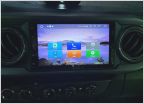 DASAITA ANDROID 9.0 UNIT WITH APPLE CARPLAY WIRELESS AND OEM AUDIO PLUS
DASAITA ANDROID 9.0 UNIT WITH APPLE CARPLAY WIRELESS AND OEM AUDIO PLUS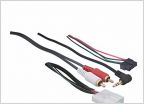 Steering wheel controls
Steering wheel controls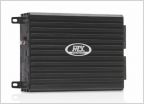 Compatibility with Box, Subs and Amp
Compatibility with Box, Subs and Amp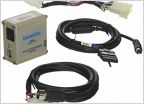 I-POD interface for 2010 Tacoma
I-POD interface for 2010 Tacoma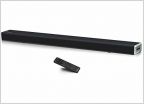 Sound Bar in Truck
Sound Bar in Truck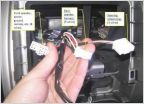 Eclipse AVN6620 and JBL
Eclipse AVN6620 and JBL




